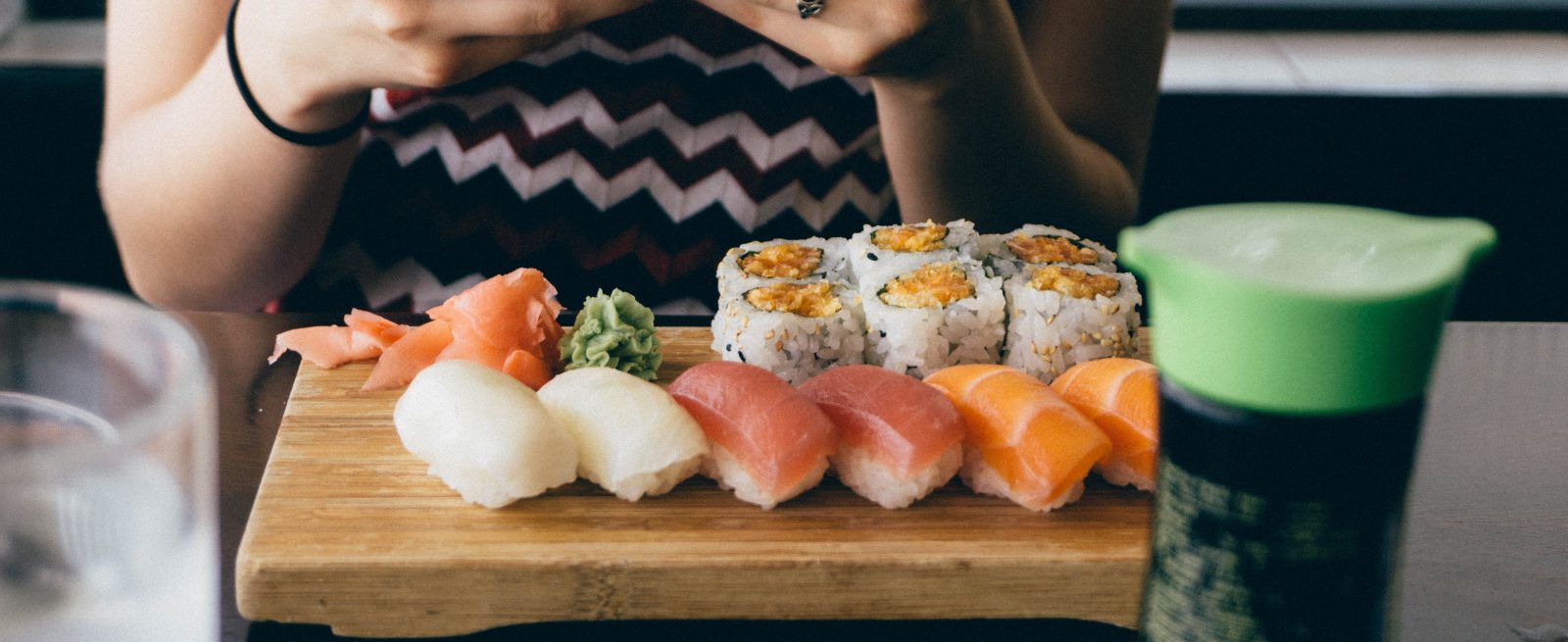How Restaurants Can Protect Their Businesses in the Event of a Foodborne Illness Outbreak
3 Min Read By Crystal Jacobs
Up to 90 percent of U.S. restaurants lack proper insurance coverage, exposing them to significant risk.Great restaurants have folded because they were not prepared to deal with the public and legal consequences of a foodborne illness outbreak. Unfortunately, for decades, independent restaurants including diners, food trucks, cafes and many others that sell prepared, non-packaged food, have not had access to the proper insurance when it comes to legal and financial exposures regarding foodborne illness events.
Unfortunately, many restaurant owners falsely believe that their general liability or standard business interruption insurance covers foodborne illness events, since they cover injuries or maintenance on the premises. But in reality, these restaurant policies do notcover the full scope of needs that arise from foodborne illness outbreaks. In fact, it is estimated that 90 percent of restaurants do not have the appropriate coverage to address an exposure that could cripple their…
Sorry, You've Reached Your Article Limit.
Register for free with our site to get unlimited articles.
Already registered? Sign in!


